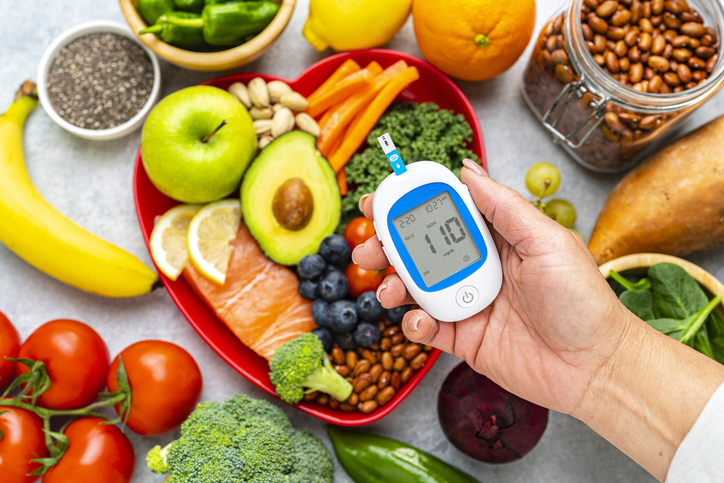By Wendy Haaf
How do I know if there’s enough vitamin D in my diet?
We have two ways of getting vitamin D naturally: our bodies make it when our skin is exposed to UVB rays from sunlight, and we can eat foods that contain it.
For a number of reasons, however, it’s difficult for many healthy Canadians 55 or older to get the daily amount of vitamin D that’s recommended for maintaining bone from food and sunshine alone. (Just what that number is depends on whom you ask. Health Canada recommends a total of at least 600 IU from food and supplements for adults 51 to 70 and 800 IU for those over 70. Osteoporosis Canada’s guideline sets the target higher: 800 to 2,000 IU for Canadians 50 or older.)
During Canadian winters, for instance, UVB rays aren’t strong enough to stimulate production. In addition, our ability to synthesize vitamin D drops off with age. And vitamin D occurs naturally in relatively few foods (these include salmon and egg yolk), so Health Canada mandates the fortification of milk, plant-based milk alternatives, and margarine. (The voluntary fortification of some other foods, such as goat’s milk, is allowed, as well.)
Even so, “we have done the studies and found that most Canadians are not meeting the requirements,” says Hassan Vatanparast, a professor in the College of Pharmacy and Nutrition and the School of Public Health at the University of Saskatchewan in Saskatoon. And a recent study he co-authored found that a substantial percentage of Canadians still won’t be consuming enough vitamin D in food even after a doubling in mandatory fortification levels that took place in December 2023. (Vatanparast would also like to see Canada adopt the mandatory fortification of bread, since not all people can afford, or store, foods such as milk.) To make up the shortfall, “we need to rely on supplements,” he says.
The question then becomes what dose to take. Health Canada recommends that all healthy adults 50 or older take 400 IU a day, preferably in the form of D3.
However, it’s important to note that “we can’t say that one dose fits all,” stresses Dr. David Hanley, a professor emeritus in the departments of Medicine, Community Health Sciences, and Oncology at the University of Calgary’s Cumming School of Medicine. For example, he says, “if you’re overweight, you probably need more.” You may also need more if you have celiac, Crohn’s, or another disease that can impair the absorption of fat-soluble vitamins. If you fall into any of these categories, ask your health-care provider for individualized guidance.
Another point worth keeping in mind is that the above recommendations are aimed solely at avoiding excess bone loss. “We know that vitamin D is important for the immune system, but we don’t know what the optimum level is there,” Hanley says. However, he adds, in one study comparing 2,000 IU per day to placebo, “the vitamin D group had a lower incidence of autoimmune diseases.”
While it’s considered safe to consume up to 4,000 IU per day without medical supervision, you may not want to supplement to that level. When Hanley and his colleagues studied the effects of three different doses of vitamin D in healthy adults, those taking higher doses—10,000 and 4,000 IU per day—had lower bone mineral density after three years than did those taking a lower dose. “It was the 400 IU per day group that had the best bone density,” he says.






